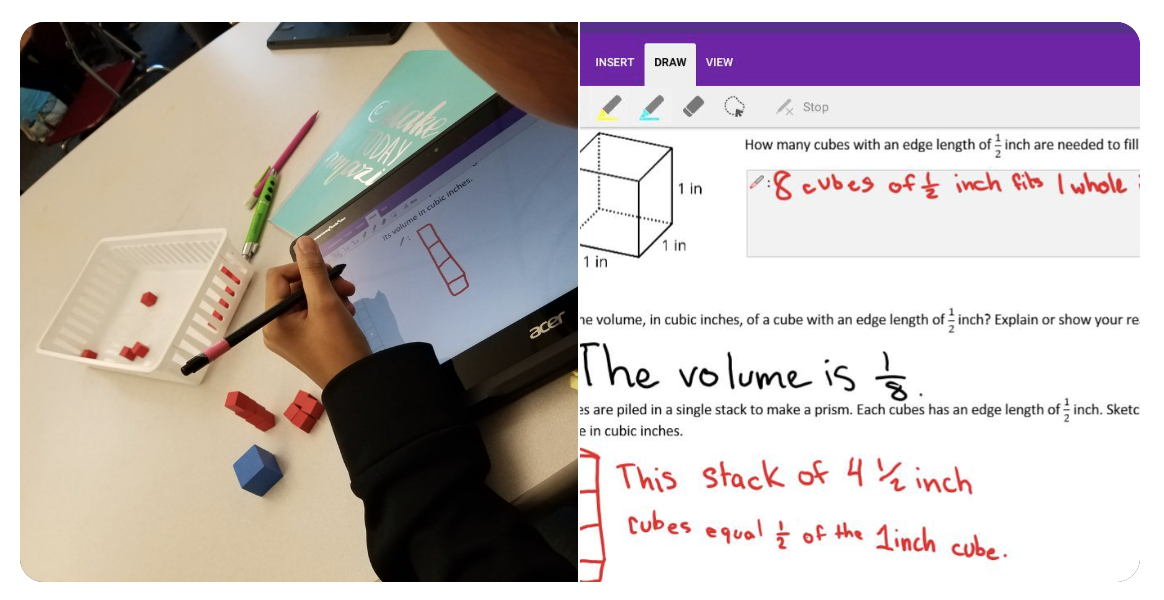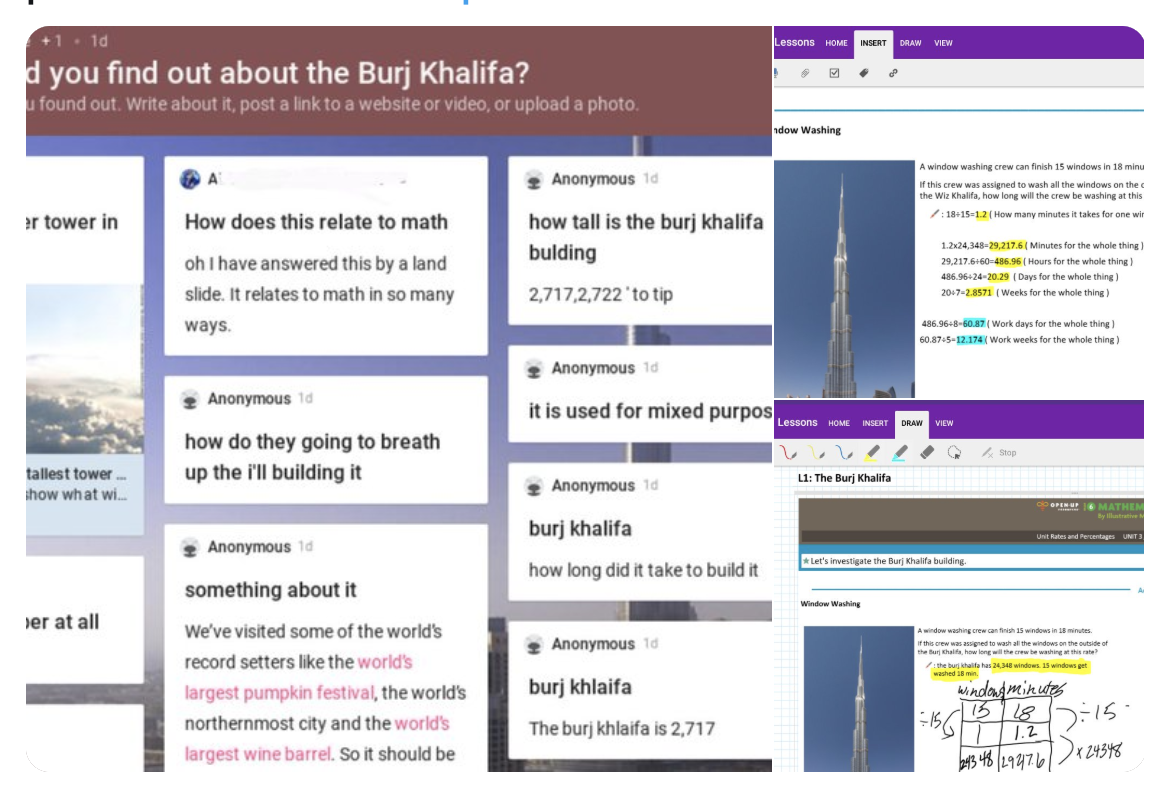
In my last post, I shared my excitement about blended learning and the advantages of having fabulous curricula available in both print and digital modes. In Part 2 of the series, we’ll focus on personalized learning, options available in OneNote to support personalization, and the benefits for students and teachers.
I had the opportunity to connect with Tami Eldridge, a sixth grade math teacher from Vancouver, Washington, on what she and her students think about blended learning and the personalization that comes with using OneNote classroom notebooks. I was blown away with her thoughtful responses and personal experiences.
Question: How do students benefit when fab curricula is available in OneNote? Why do students love blended learning and this digital platform?
Students love having all their work and materials in one place. The notebooks resemble a physical journal/binder/composition notebook and students are used to the idea of sections and pages in a notebook. It's very intuitive for students. Their work is in one book and they can easily navigate to previous work to refer to prior learning and resources. Some other popular online LMSs and platforms have each assignment as a separate file that is submitted. There is no submitting assignments. Work is auto saved and constantly syncs in real time. Their work doesn't get lost or forgotten at home. Students can work offline from anywhere (depending on which platform, Android or Desktop, but not web) and then work will sync once back on WiFi.
Students have the ability to engage in their work digitally in an intuitive way just like paper. My students have Chromebooks that flip into tablet mode and styluses to digitally ink. This means it's not just a static problem set on the screen that they have to then do on paper or just type in answers. Especially with math, they need to be able to interact with their work right on the page.

There are advantages that paper cannot do. Students can type responses. Being able to type responses is easier than handwriting for some. If they need more room to show their work or write a response, they can just press enter and add more space. Students can customize and personalize their work to become more active creators in their work rather than consumers of worksheets. They can screenshot work in other web resources and insert it into their notebook or insert photos and videos. Capturing work they have done in the physical world is easy. For example, they can take a photo of a model they built with physical manipulatives and insert it into their work to support their reasoning.
Question: Why do you as a teacher love using the curriculum in OneNote? What advantages have you personally experienced?
I love the ability to edit materials. I can add links to other resources, insert pictures to provide support for ELL and other students, and embed content such as videos, forms/quizzes, interactives, and other web tools. Reviewing student work is easy and efficient. Providing feedback, assessing, and grading is fast. There are no piles of composition notebooks to flip through. Just click on a student's name and their page loads instantly.

I can annotate their work with digital inking with my stylus and even insert "stickers." Teachers can view student work in real-time. Notebooks constantly auto-sync and so I can easily display student work for a whole group discussion within seconds. There are built-in accessibility features so all learners can access the content (on some platforms).
Personalizing learning in a blended learning environment has benefits for both students and teachers. From accessing content in ways that meets students’ needs and skills, to being able to annotate and digitally ink math manipulatives; one thing is certain, OneNote is a hard platform to beat.
In Part 3 of the series, I will do a deep-dive into Immersive Reader, Microsoft’s Learning Tool that is perfect for blended learning and personalized reading for students. Attending ISTE this June in Philly? Be sure to connect with me (Shaelynn Farnsworth) during the conference, or stop by the Microsoft Education booth on Tuesday, June 25th at 3 PM to see a live demo of Open Up Resources and OneNote!

